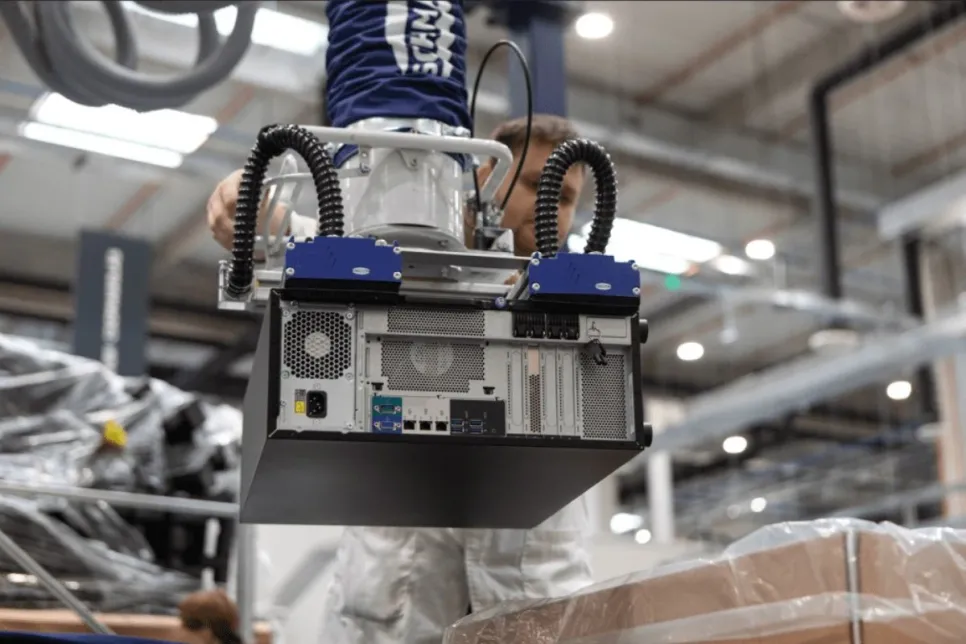Qualcomm Announces Snapdragon 8 Gen 5 Platform
Qualcomm added its latest smartphone platform to its premium-tier Snapdragon range.

ENEA, the Italian National Agency for New Technologies, Energy, and Sustainable Economic Development, has selected Lenovo for the installation of an HPC system at the Portici hub. It will accelerate research activities on clean energy, in particular on nuclear fusion.
This new HPC system, consisting of 758 nodes with 2 Intel Xeon Platinum 8592+ CPUs, will bring the computational capabilities of CRESCO – Computational Center for Research on Complex Systems – the supercomputing system hosted in the Portici Research Center, from the current 1.01 to over 6.5 Petaflops, placing it at the top of the national scene in terms of processing power. The installation is handled by Ricca IT, a Lenovo-certified business partner. Over the years, Ricca IT has gained significant experience in the HPC and AI field, making it one of the most recognized entities in the Italian landscape.
In addition to the computational power needed to accelerate research activities, sustainability for ENEA was also one of the crucial factors behind the choice of the partner for the project and Lenovo’s HPC solution guarantees better energy efficiency than in the past. The Neptune Direct Water-Cooling technology can capture up to 98% of the heat produced by the supercomputer and liquid cooling saves the energy used for the fans. Thanks to the greater efficiency, the temperature of the CPUs does not reach critical values, avoiding the reduction of the maximum frequency of the cores. In addition, the hardware used for the installation was entirely made in Lenovo’s manufacturing facility in Hungary, designed in the heart of Europe, allowing a reduction in emissions for the transport of the necessary computing infrastructure.
ENEA develops and manages a complex ICT architecture that provides users with advanced systems for calculation, modeling, and three-dimensional data visualization, through extensive use of GRID technologies. The ICT infrastructure currently includes 6 poles (Frascati, Portici, Bologna, Casaccia, Trisaia, Brindisi), each equipped with 3D computing and visualization infrastructures and specialized skills operating on different application topics. In particular, the CRESCO computing centers provide advanced computational services to all ENEA users and its public and private partners in all the application areas in which the Institute is active: energy applications, nuclear and fusion codes, climatological and environmental models, structure of matter, modeling for networks and critical infrastructures, remote control of large instruments, bioinformatics. In the energy sector, forecasting and generative activities can help identify solutions that can improve the efficiency of some processes related to digitization and decarbonization both in the public and private sectors and in the industrial sector.